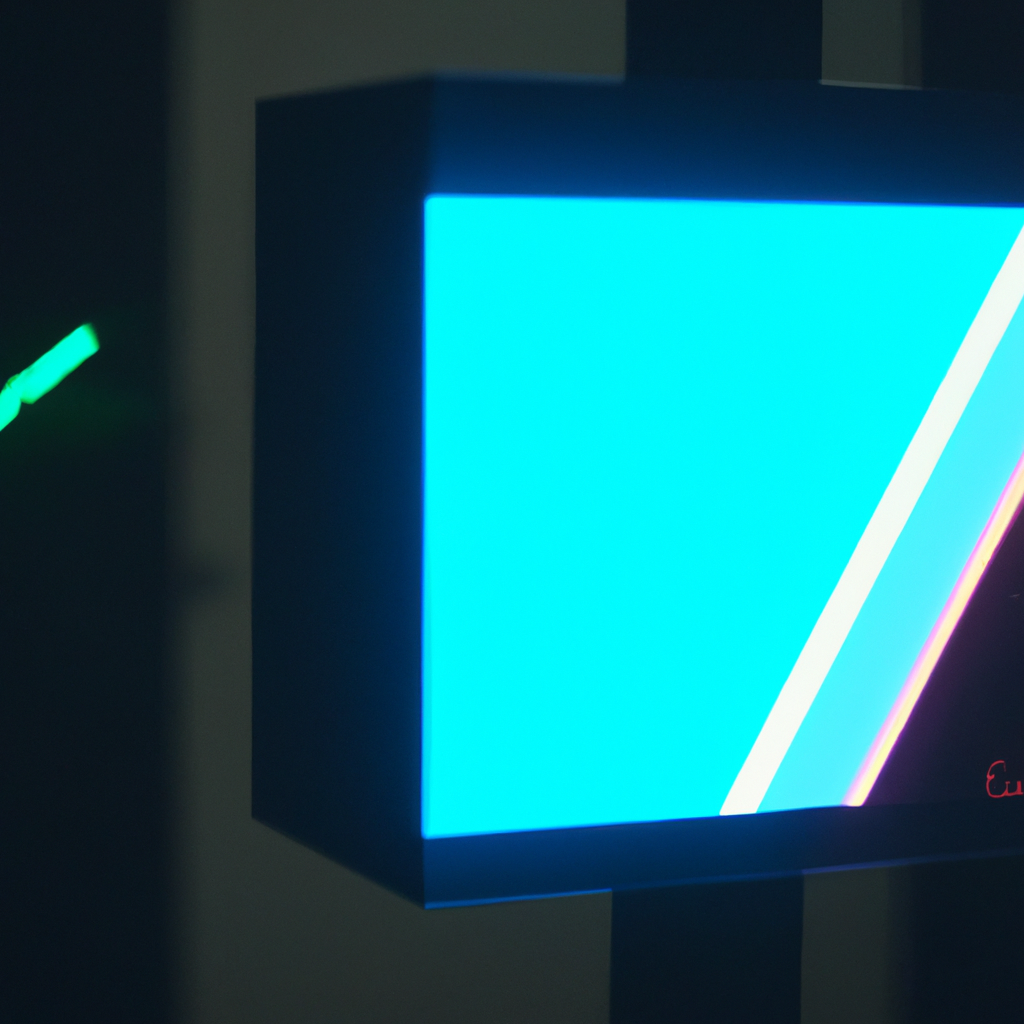Have you ever seen a hologram and wondered how it works? Hologram technology has been around for decades, but it still amazes people with its ability to create 3D images that seem to float in mid-air. In this article, we will explore the science behind holographic display, laser holography, and hologram projection to understand how a hologram works.
What is a hologram?
A hologram is a photographic recording of a light field, rather than an image formed by a lens. It is created using laser holography, which is a technique that uses coherent light to create a 3D image. The hologram consists of interference patterns between the reference beam and object beam of the laser, which are recorded on a photosensitive medium such as film or a digital sensor.
How does laser holography work?
Laser holography starts with a laser beam that is split into two parts: the reference beam and the object beam. The object beam is directed onto the object being photographed, which reflects or scatters the light. The reference beam is directed onto the same photosensitive medium, where it intersects with the object beam to create an interference pattern. This pattern is recorded on the medium, creating a hologram of the object.
How are holograms projected?
To project a hologram, a laser beam is directed onto the hologram at the correct angle and wavelength to recreate the original object beam. This creates a 3D image that appears to float in mid-air, as the hologram recreates the light field that was originally recorded. The hologram projection can be viewed from different angles, allowing the viewer to see different perspectives of the object.
Types of holographic display
There are various types of holographic display, each with its own advantages and disadvantages. Here are a few examples:
– Reflection holograms: These holograms are viewed by reflecting light off the hologram’s surface. They are easy to produce, but the image quality is lower than other types of holograms.
– Transmission holograms: These holograms are viewed by shining light through the hologram. They have better image quality than reflection holograms, but they are harder to produce.
– Rainbow holograms: These holograms use a technique called wavelength multiplexing to create a full-color image. They are often used for security purposes because they are difficult to replicate.
– Holographic stereograms: These holograms are created by recording multiple images of an object from different angles and combining them into a single hologram. They create a 3D effect without the need for glasses or other equipment.
Applications of hologram technology
Hologram technology has a wide range of applications, from entertainment to medical imaging. Here are a few examples:
– Entertainment: Holograms are often used in concerts and performances to create realistic 3D images of performers who are not physically present.
– Education: Holograms can be used to create interactive displays that help students learn about complex concepts, such as anatomy or physics.
– Advertising: Holograms are used in advertising to create eye-catching displays that stand out from traditional billboards or posters.
– Medical imaging: Holograms can be used to create 3D images of medical scans, allowing doctors to better visualize and diagnose medical conditions.
Conclusion
In conclusion, hologram technology has come a long way since its inception, and it continues to evolve with new applications and advancements. From laser holography to hologram projection, this technology has revolutionized the way we view and interact with 3D images. Whether it’s for entertainment, education, advertising, or medical imaging, holograms have proven to be a versatile and effective tool for communicating complex ideas and creating immersive experiences.







